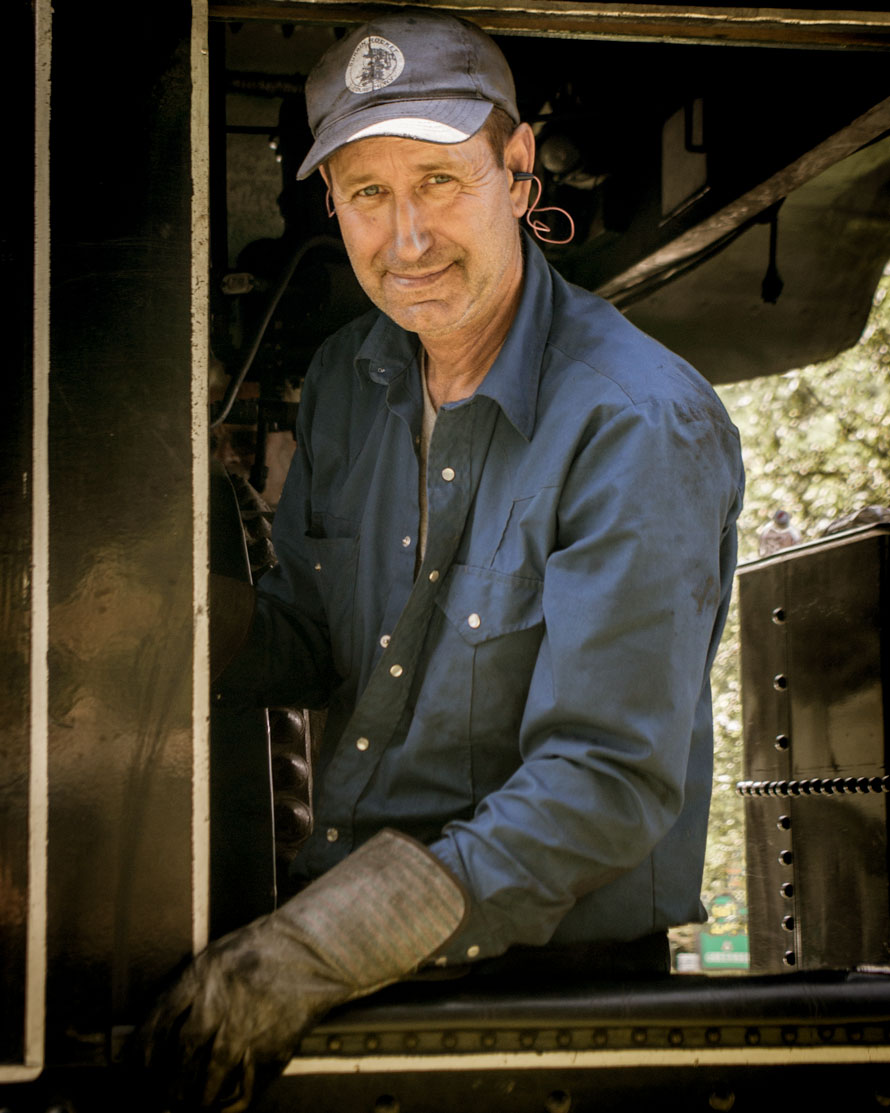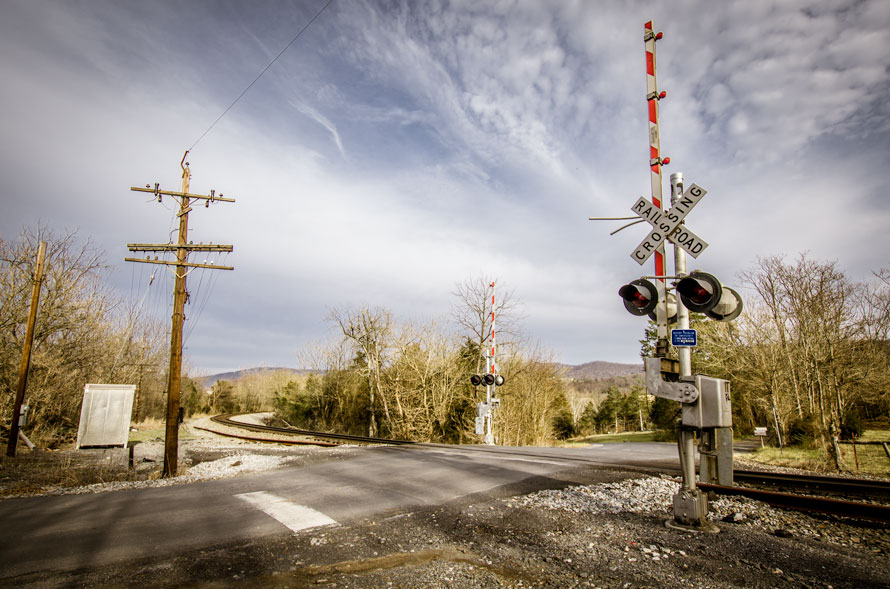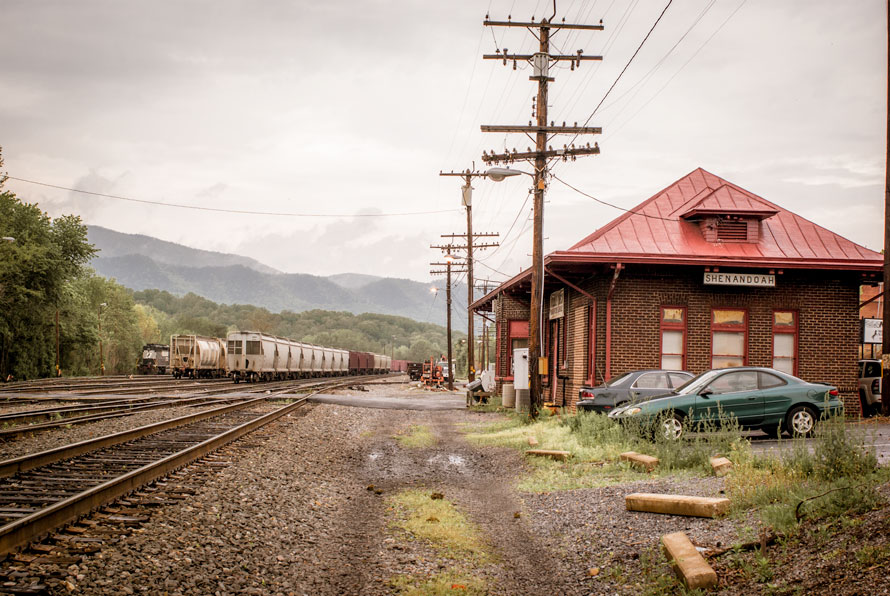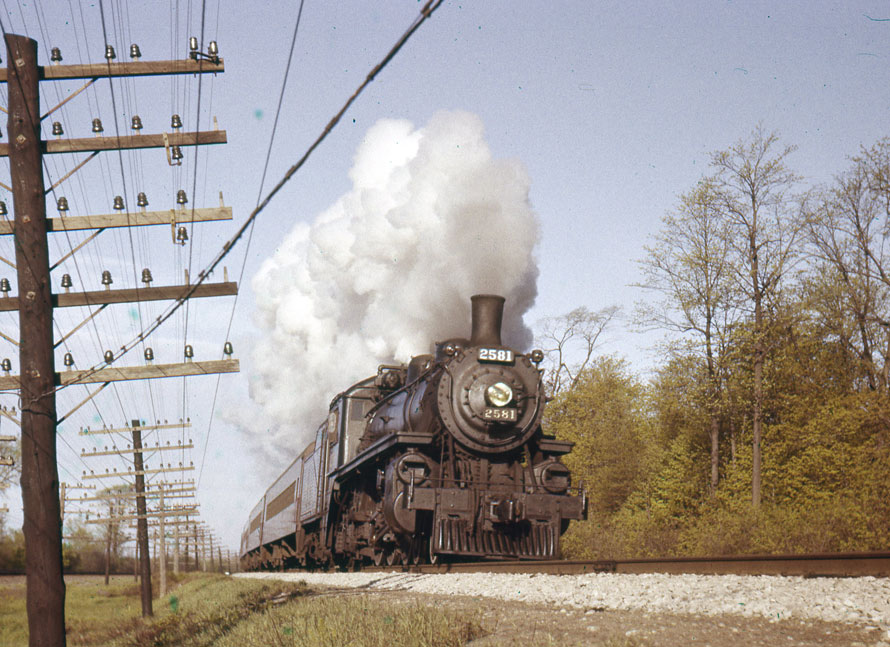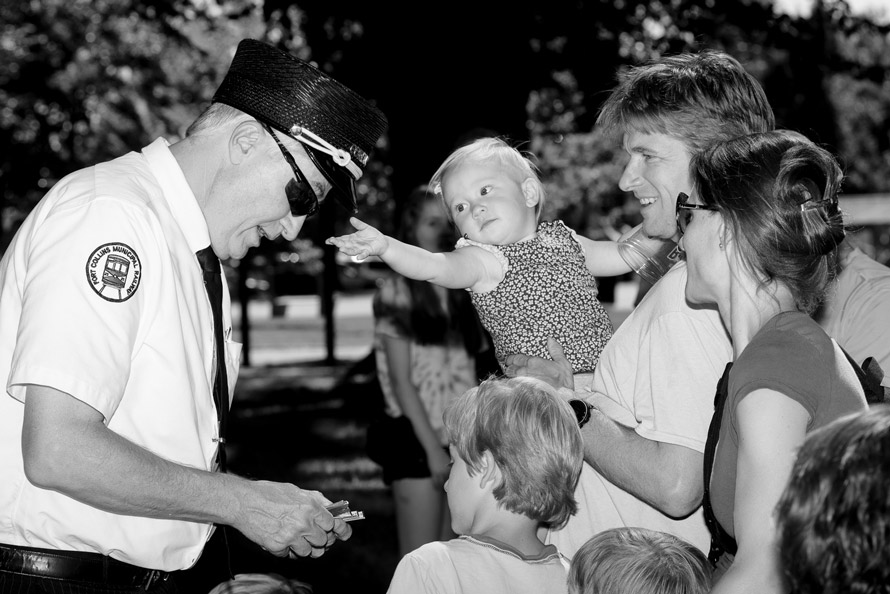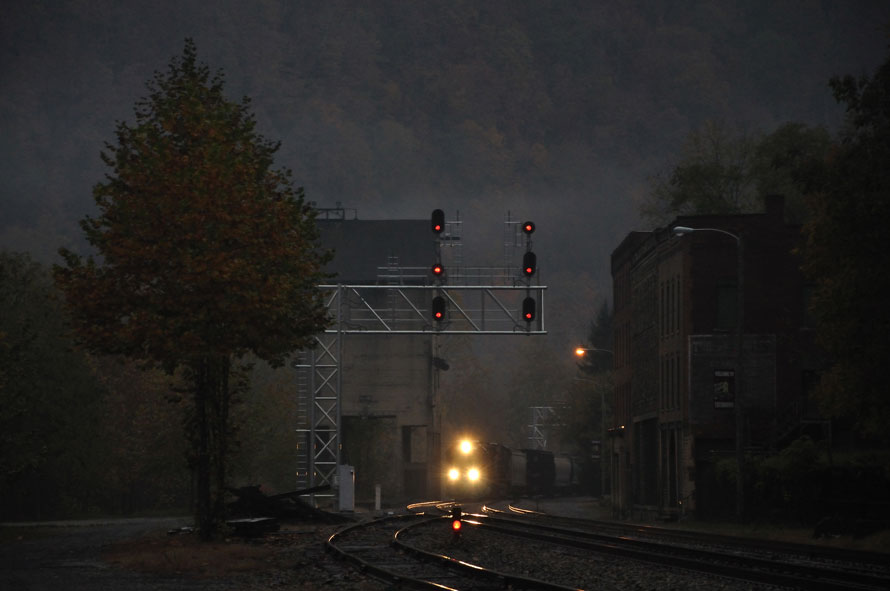
We recently had the opportunity to chat with Eric Miller about his lifelong interest in railroads and photography. Eric is a well known photographer whose work has appeared in numerous publications, including Railfan and Railroad, The Railroad Press, Railroads Illustrated, and Railroad Explorer magazines. His recent story on the Pocohontas subdivision was featured as the cover story in the March, 2017 edition of Railfan and Railroad Magazine. His first book “A Clinchfield Chronicle” was published in June and is available on Amazon.
Edd Fuller, Editor – The Trackside Photographer —Eric, first of all, thanks for taking the time to talk with us. Tell us how long you have been a railfan, and how did you get started? What is there about railroads that grabbed and held your attention? Read more
